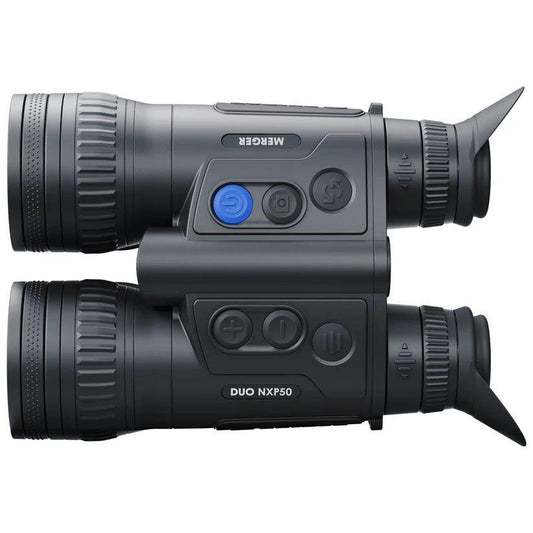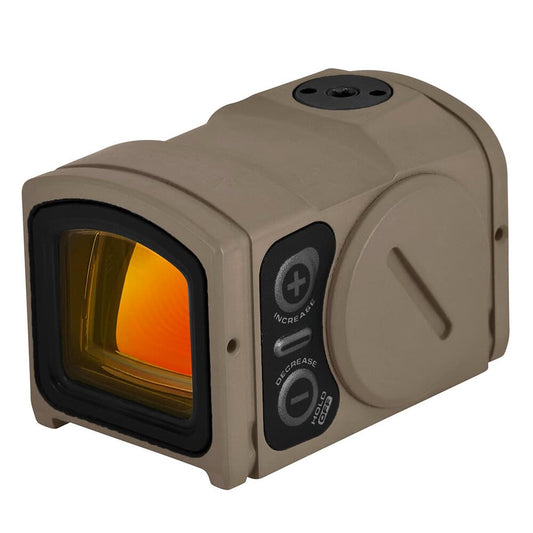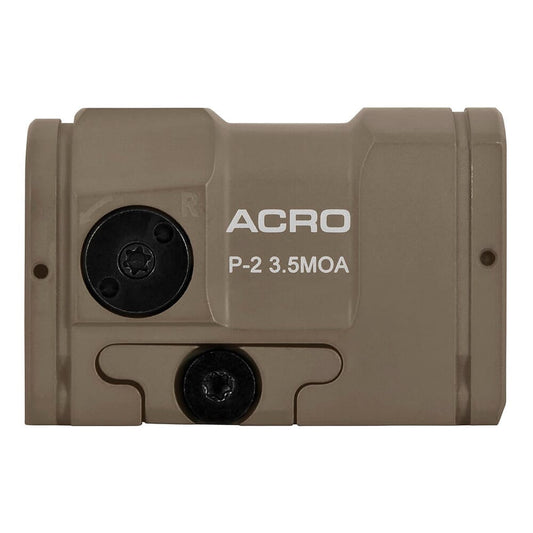

Pulsar Merger Duo NXP50 Thermal Binoculars combine thermal imaging with digital night vision functionality, allowing users to clearly identify objects in complete darkness or through challenging environments. With a fast aperture lens and a high-sensitivity thermal sensor, these binoculars deliver sharp, high-contrast images regardless of lighting conditions. This makes them ideal for wildlife tracking, terrain assessment, or any outdoor activity that demands precise observation.
Featuring a Picture-in-Picture mode, the Merger Duo enables simultaneous viewing of thermal and digital images, enhancing versatility for various viewing scenarios. The two eyepieces provide a comfortable viewing experience, making extended use more enjoyable. Designed for durability, these binoculars can withstand harsh weather, ensuring reliable performance during all your outdoor adventures.
Features:
- MULTISPECTRAL VIEWING for superior observation day and night.
- PICTURE-IN-PICTURE FUNCTION allows for dual image display, prioritizing your viewing needs.
- FAST APERTURE LENS ensures bright and clear images in low-light conditions.
- HIGHLY SENSITIVE THERMAL SENSOR captures detail even under challenging environments.
- SUPER WIDE THERMAL FOV enhances awareness of your surroundings.
- TWO EYE PIECES for comfortable, immersive viewing over extended periods.
- CLOSE FOCUS RANGE lets you view objects just meters away with clarity.
- ROBUST DESIGN withstands harsh weather conditions for outdoor durability.
Technical Specifications Table
| Magnification | 2.5x - 20x |
| Lens Diameter | 50mm |
| Weight | 1.5 kg |
| Dimensions | 210 x 120 x 80 mm |
| Material | High-grade plastic and rubber |
What’s in the Box?
- Thermal Binoculars
- Lens Covers
- Padded Case
- Neck Strap
- User Manual
Customer Reviews
“The dual image feature is a game changer! I can switch between thermal and digital seamlessly.” - Alex R.
“Finally, a binocular that performs well at night! The clarity is exceptional!” - Jenna L.
FAQ
What’s the range of the Pulsar Merger Duo NXP50? The binoculars effectively monitor thermal signatures at distances that ensure precise identification, making them ideal for wildlife observation or security applications.
How do I maintain my thermal binoculars? Regular cleaning of the lens with a soft cloth and keeping the unit in a protective case will help extend its lifespan. Store in a cool, dry place when not in use.
How does the Merger Duo compare with other thermal binoculars? Compared to other models, the Merger Duo offers a unique dual imaging capability, making it more versatile for varying conditions and enhancing your observation experience.
Can I use these binoculars in heavy rain? Yes, the robust design of the Merger Duo is built to withstand harsh weather, including heavy rain, ensuring reliable performance.
Is the thermal sensor adjustable? Yes, the thermal sensor settings can be adjusted to optimize viewing according to the environment, providing greater flexibility during use.
Similar Models
Looking to expand your optics collection? Discover our extensive range of Pulsar products, including the Pulsar Axion Thermal Monocular for unmatched portability, or the Pulsar Helion Thermal Imaging Monocular for enhanced features. Explore our full collection for the perfect optics tailored to your adventures.
You May Also Like
Here’s some of our most similar products people are buying. Click to discover trending style.








